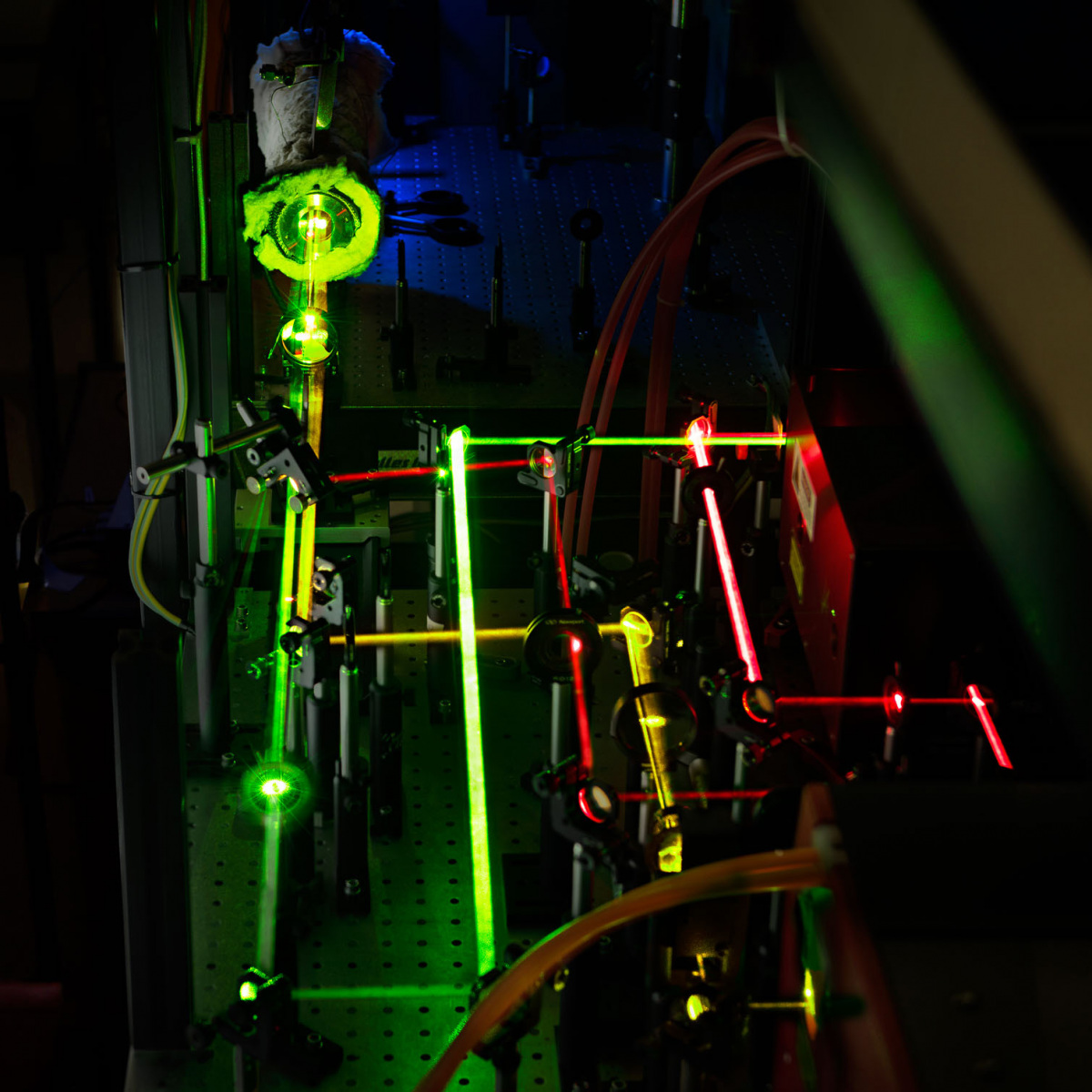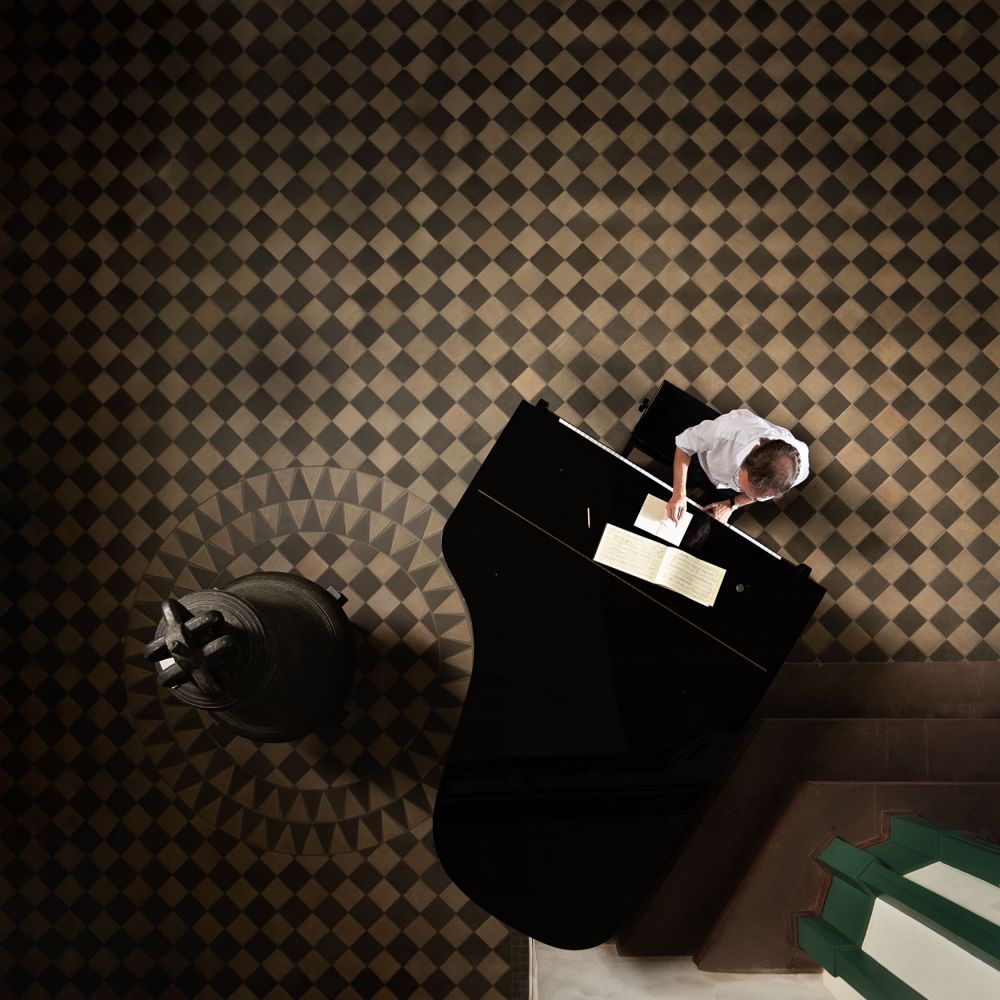Industrial, Academic & Corporate Photography
Jan Söhlke
Industrial, Academic & Corporate Photography
Jan Söhlke
Industrial, Academic & Corporate Photography
Jan Söhlke
Industrial, Academic & Corporate Photography
Jan Söhlke
Industrial, Academic & Corporate Photography
Jan Söhlke
Industrial, Academic & Corporate Photography
Jan Söhlke
Industrial, Academic & Corporate Photography
Jan Söhlke
Industrial, Academic & Corporate Photography
Jan Söhlke
Industrial, Academic & Corporate Photography
Jan Söhlke
My Photography
While I always enjoyed taking pictures and my Instamatic 100 and the Minolta x500 were key moments in my biography, it was in 2012 when I decided to get serious.
With more than a decade of experience, commercially I now specialise in industrial, academic and corporate photography, product photography and portrait photography.
Contact me
You are looking for a photographer who will strengthen your visual identity or you have a photography project in mind you’d like to discuss? Get in touch, and we’ll make it happen:





